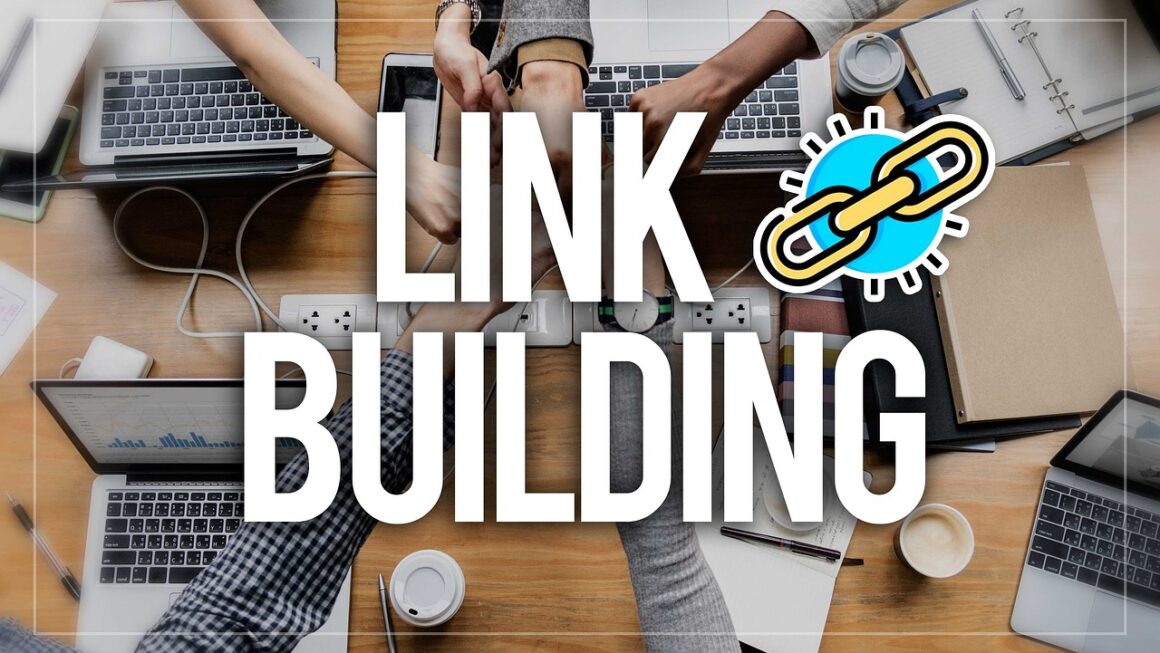AI is rapidly transforming industries, making it crucial to understand your competitive landscape. Knowing what your AI-powered competitors are doing, how they’re doing it, and where they excel (or fall short) provides invaluable insights for strategic decision-making, product development, and market positioning. This in-depth guide explores the key aspects of AI competitive analysis, offering practical steps and examples to help you stay ahead in the AI race.
Understanding the Importance of AI Competitive Analysis
Why Analyze AI Competitors?
Understanding your competitors in the AI space is paramount. AI isn’t just another feature; it’s a fundamental technology impacting everything from product development to customer experience. Ignoring the AI landscape leaves you vulnerable to disruption. Performing regular AI competitive analysis gives you:
- Strategic Insights: Identify market trends, opportunities, and potential threats driven by AI.
- Innovation Inspiration: Discover new AI applications and functionalities that you can adapt or improve.
- Benchmarking: Evaluate your AI capabilities against industry leaders and identify areas for improvement.
- Resource Allocation: Make informed decisions about where to invest your AI resources.
- Risk Mitigation: Anticipate competitive moves and develop strategies to counter them.
The Unique Challenges of AI Competitive Analysis
Analyzing AI differs from traditional competitive analysis due to its complexity and rapid evolution. You’re not just comparing products or services; you’re assessing algorithms, data strategies, and AI talent. The key challenges include:
- Technical Expertise: Understanding the underlying AI technologies requires specialized knowledge.
- Data Scarcity: Accessing detailed information about competitors’ AI models and data is often difficult.
- Rapid Change: AI technologies are constantly evolving, requiring continuous monitoring and adaptation.
- Ethical Considerations: AI competitive analysis must be conducted ethically and legally, respecting data privacy and intellectual property rights.
Identifying Your AI Competitors
Defining Your Competitive Landscape
The first step is to accurately identify your AI competitors. Don’t limit yourself to obvious rivals; consider companies:
- Direct Competitors: Offering similar AI-powered products or services. Example: Two companies providing AI-driven marketing automation platforms.
- Indirect Competitors: Providing alternative solutions that address the same customer needs. Example: A company offering traditional marketing automation competes with an AI-powered one.
- Emerging Players: Startups and research labs developing innovative AI technologies. Example: A newly funded startup with a breakthrough in natural language processing (NLP) for customer service.
- Adjacent Industries: Companies in related industries that are expanding into AI. Example: A traditional CRM vendor integrating AI-powered analytics.
Using Tools and Resources to Find Competitors
Several tools and resources can help you identify your AI competitors:
- Market Research Reports: Gartner, Forrester, and other research firms provide valuable insights into the AI landscape.
- Industry Databases: Crunchbase, PitchBook, and similar databases track funding, investments, and acquisitions in the AI sector.
- Patent Databases: Explore patent filings related to AI to identify companies developing innovative technologies.
- AI Conferences and Events: Attend industry events to network with experts and learn about emerging players.
- Online Search: Use targeted keywords to search for AI companies in your specific niche.
Analyzing Competitor AI Strategies
Assessing AI Product Offerings
Examine your competitors’ AI-powered products and services in detail:
- Functionality: What specific AI features do they offer? Example: AI-powered recommendations, chatbots, predictive analytics, image recognition.
- Performance: How well do their AI solutions perform in terms of accuracy, speed, and efficiency? Look for publicly available benchmarks or case studies.
- User Experience: How user-friendly are their AI interfaces? Read customer reviews and analyze their user interface.
- Pricing: How do their pricing models compare to yours? Consider both upfront costs and ongoing expenses.
Evaluating Data Strategies
Data is the lifeblood of AI. Understand how your competitors are acquiring, managing, and utilizing data:
- Data Sources: Where do they get their data? Public datasets, proprietary data, third-party vendors?
- Data Quality: How do they ensure data quality and accuracy?
- Data Privacy: How do they comply with data privacy regulations like GDPR and CCPA?
- Data Security: How do they protect their data from breaches and unauthorized access?
Analyzing AI Talent and Resources
A company’s AI capabilities are directly tied to its talent and resources:
- AI Team: Who are their key AI researchers, engineers, and data scientists? Look at their LinkedIn profiles and publications.
- Research and Development: How much are they investing in AI R&D?
- Partnerships: Do they have strategic partnerships with AI research labs or technology companies?
- AI Infrastructure: What AI platforms and tools are they using? (e.g., TensorFlow, PyTorch, cloud-based AI services).
Gathering and Analyzing Competitive Intelligence
Utilizing Publicly Available Information
Much valuable information is publicly available:
- Company Websites: Analyze their product descriptions, case studies, and blog posts.
- Social Media: Monitor their social media activity to understand their messaging and customer engagement.
- News Articles and Press Releases: Track their announcements and media coverage.
- Job Postings: Analyze their AI job postings to understand their hiring priorities and skill requirements.
Conducting Primary Research
Supplement public information with primary research:
- Customer Surveys: Conduct surveys to understand customer perceptions of your competitors’ AI solutions.
- Expert Interviews: Interview industry experts or analysts to gather insights into the AI landscape.
- Product Demos: Attend product demos or request free trials of your competitors’ AI products.
- Competitive Benchmarking: Perform your own tests and evaluations of your competitors’ AI solutions. This might involve building a small sample dataset and comparing performance.
Tools for Monitoring Competitor Activity
Leverage these tools to automate competitive intelligence:
- Google Alerts: Set up alerts to track mentions of your competitors and relevant AI keywords.
- Social Media Monitoring Tools: Use tools like Hootsuite or Sprout Social to monitor your competitors’ social media activity.
- Website Change Detection Tools: Use tools like Visualping to track changes to your competitors’ websites.
- SEO Tools: Tools like SEMrush and Ahrefs can help analyze your competitors’ search engine optimization strategies.
Applying Insights to Your AI Strategy
Identifying Opportunities and Threats
Use your competitive analysis to identify opportunities and threats:
- Market Gaps: Are there unmet customer needs that your competitors are overlooking?
- Competitive Advantages: What are your competitors’ strengths and weaknesses?
- Disruptive Technologies: Are there emerging AI technologies that could disrupt the market?
- Regulatory Changes: How might changes in regulations impact the AI landscape?
Adapting and Innovating
Use your findings to adapt and innovate:
- Product Development: Enhance your AI products based on competitor analysis and customer feedback.
- Market Positioning: Refine your messaging to differentiate your AI solutions from the competition.
- Resource Allocation: Reallocate resources to focus on areas where you have a competitive advantage.
- Strategic Partnerships: Form partnerships to access new AI technologies or markets.
For example, if you identify that a competitor’s AI chatbot has significantly better natural language understanding, you might prioritize investments in improving your own chatbot’s NLP capabilities. Alternatively, if you discover a competitor is struggling with data privacy compliance, you can highlight your own robust data protection practices as a competitive advantage.
Conclusion
AI competitive analysis is an ongoing process that requires continuous monitoring, adaptation, and strategic thinking. By understanding your competitive landscape, you can make informed decisions, stay ahead of the curve, and ultimately drive success in the rapidly evolving world of AI. Remember to regularly revisit your analysis and adjust your strategy as new technologies and players emerge. The insights gained will be invaluable for ensuring your long-term success in the AI-driven future.




